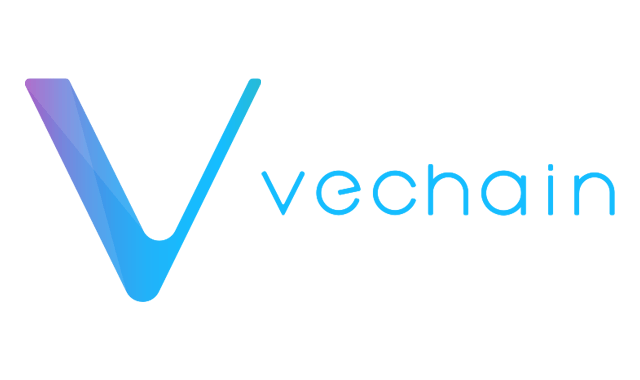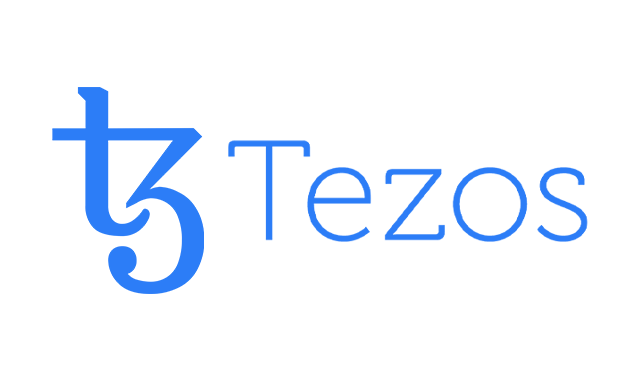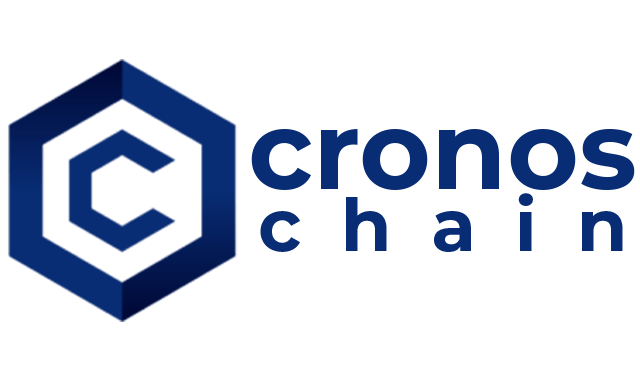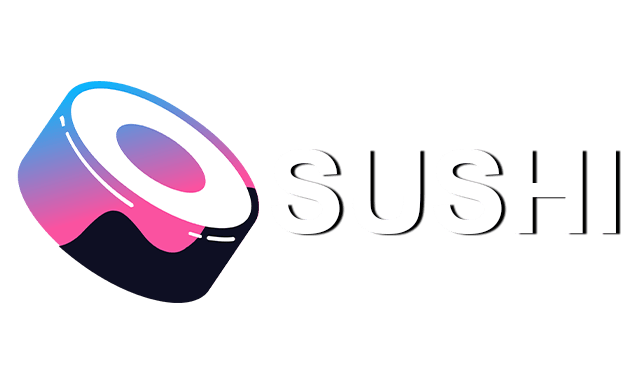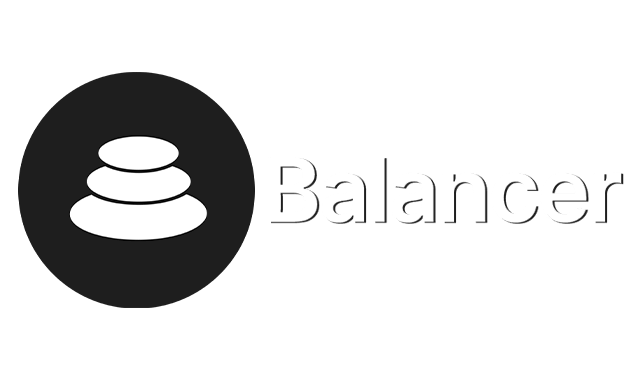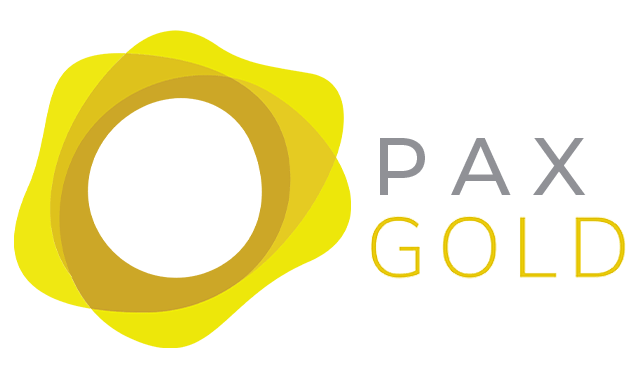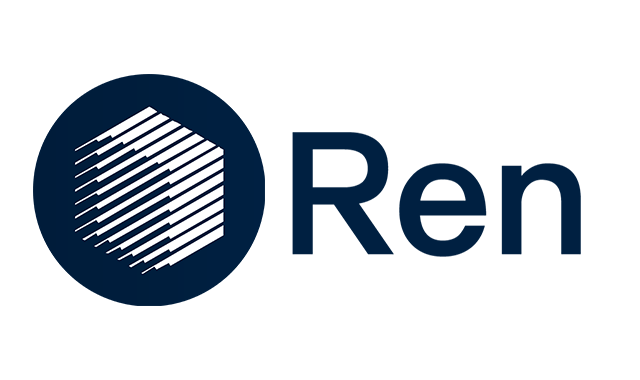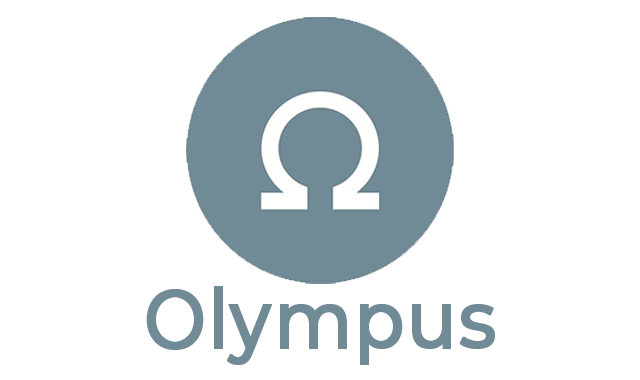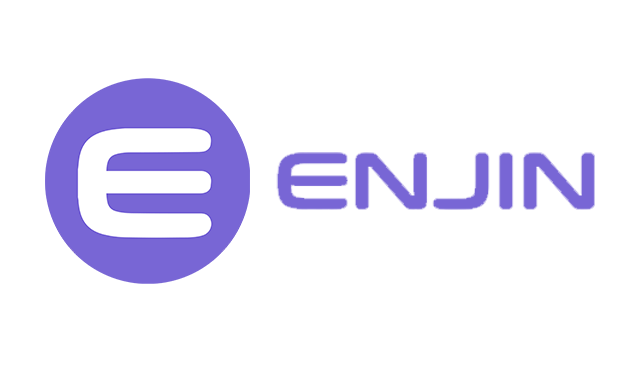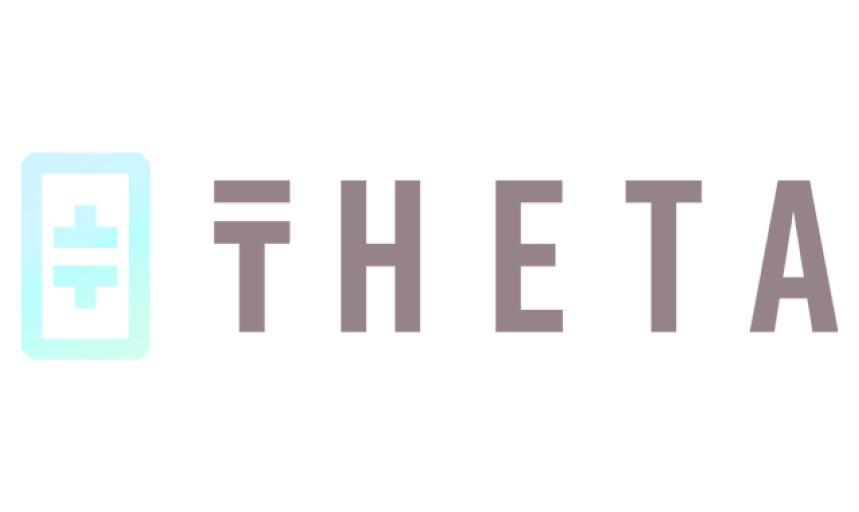Decentralized Exchange (DEX): Limitless Trading Potential
Trade with freedom and privacy. Explore the benefits of DEX, where power lies in the hands of the people, not the centralized exchanges.

Curve
Have you heard about Curve Finance (CRV) and what it offers? This quick list of the key facts about it will help get you started.
Curve Finance (CRV) is a decentralized finance protocol that seeks to give traders an easy way to pool, swap and trade Ethereum tokens with low fees in a single transaction. It allows users to move between Ethereum-based tokens with minimal slippage by leveraging an optimized automated market maker AMM model.
Curve Finance is also governed by Curve DAO token (CRV), which can be used to unlock the full features of the platform like voting power over features or staking rewards for liquidity providers.
In this article, we’ll look at all these features in more detail!
Curve Finance (CRV) History
Curve Finance is a decentralized finance (DeFi) protocol that was launched in January 2020. It is designed to facilitate the trading of stablecoins with low slippage and low fees. Curve is built on the Ethereum blockchain and utilizes automated market maker (AMM) technology to provide liquidity for trading.
Michael Egorov, a software developer, and businessman founded Curve. Also, he was a founding partner of NuCypher, a blockchain auditing company. The Ethereum Foundation provided a $1 million donation to the project at the beginning, and it has since received support from a number of additional sources, including venture capital firms.
Curve’s native token, CRV, was launched in August 2020. The token is used to incentivize liquidity providers on the Curve platform and to govern the protocol through a DAO (decentralized autonomous organization) structure.
Curve has become one of the most popular DeFi protocols, with a total value locked (TVL) of over $10 billion as of February 2023.
What is Curve Finance (CRV)?
Stablecoins and other low-volatility assets are the focus of the Ethereum blockchain’s decentralized exchange (DEX) protocol Curve (CRV). The protocol is intended to offer low slippage trades for assets tied to comparable values, such as various stablecoin varieties.
The protocol has gained popularity in the decentralized finance (DeFi) space due to its unique approach to liquidity provision. Instead of relying on liquidity providers to hold and provide assets for trading, Curve uses liquidity pools to generate liquidity for trades.
Curve DAO (CRV) is the native governance token of the Curve protocol, which enables Curve DAO token holders to participate in the decision-making process of the protocol. Curve DAO token holders can vote on proposals that determine the direction of the protocol, such as changes to the fee structure or adjustments to the liquidity pools.
How does Curve DAO (CRV) work?
CRV is used to incentivize liquidity providers and governance in the Curve ecosystem. Here’s how it works:
- Liquidity Incentives: Curve incentivizes liquidity providers to deposit stablecoins and other low-volatility assets by rewarding them with CRV tokens. These rewards are distributed proportionally based on the amount of liquidity provided and the length of time it is locked in the protocol.
- Governance: CRV is also used to govern the protocol. CRV holders can vote on proposals that affect the protocol, such as changes to fees, new asset additions, and changes to the Curve DAO’s treasury. Each CRV token gives its holder one vote, and the voting power is proportional to the amount of CRV held.
- DAO Treasury: The Curve DAO also holds a treasury of assets, which is managed by CRV holders. The treasury consists of a portion of the fees generated by the protocol, as well as any other assets that have been donated or allocated by the DAO. CRV holders can vote on how to use these assets, such as funding new initiatives, investing in other protocols, or distributing them to CRV holders.
What Makes Curve DAO Unique?
Curve is a decentralized exchange (DEX) and automated market maker (AMM) protocol that allows users to trade stablecoins with low slippage and fees.
Here are a few things that make Curve unique:
- Yield Farming: Curve Finance has been a popular platform for yield farming, a process where users can earn additional tokens by providing liquidity to the platform. This has helped to drive the adoption of the platform and increase liquidity.
- Specialized in Stablecoins: Unlike other decentralized exchanges that support a wide range of cryptocurrencies, Curve is specifically designed for trading stablecoins, such as USDC, DAI, and USDT. This makes Curve a popular choice for traders looking to swap between stablecoins or earn high-yield rewards through liquidity mining.
- Low Slippage: Curve uses a unique bonding curve algorithm that minimizes price slippage for stablecoin trades. This means that traders can exchange stablecoins with minimal price impact, making it an attractive option for large traders and arbitrageurs.
- Low Fees: Curve has some of the lowest transaction fees of any DEX. Because it is built on the Ethereum network, users only pay gas fees for transactions, which can be significantly lower than fees on traditional centralized exchanges.
- Community Governance: Curve is a decentralized protocol that is governed by its community of users. Curve DAO token holders can vote on proposals to modify the protocol and manage its treasury.
- Liquidity Pools: Curve allows users to pool their funds with other liquidity providers to earn fees on stablecoin trades. Liquidity providers receive Curve DAO tokens as a reward for providing liquidity, and these tokens can be staked for additional rewards.
Who are the partners of the Curve DAO?
The project has a community-driven governance model, and there are a number of partners and collaborators involved in the project.
Some of the major partners and collaborators of Curve include:
- Yearn Finance (YFI): Curve and Yearn Finance have a partnership to integrate Curve’s liquidity pools into the Yearn ecosystem, allowing Yearn’s users to access Curve’s stablecoin trading functionality.
- Aave: Curve and Aave have a partnership to integrate Aave’s lending and borrowing protocol with Curve’s stablecoin trading pools. This integration allows users to borrow stablecoins at low-interest rates by leveraging the liquidity of Curve’s pools.
- Synthetix: Curve and Synthetix have a partnership to provide liquidity for the Synthetix stablecoin, sUSD. Curve is used as the primary source of liquidity for the sUSD trading pairs on Synthetix.
- PoolTogether: Curve and PoolTogether have a partnership to provide liquidity for the PoolTogether protocol. Users can deposit DAI, USDC, or USDT into the Curve pool on PoolTogether to participate in a no-loss lottery.
- RenVM: Curve has integrated with RenVM to allow users to swap BTC for renBTC, a tokenized version of BTC that is compatible with the Ethereum blockchain.
How does Curve DAO token compare against its competitors?
In the crowded DeFi space, there are many other protocols that offer similar features and compete with Curve. Here are some of the ways Curve compares to its competitors:
- Low Slippage: Curve is known for its extremely low slippage, which means that traders can exchange stablecoins and other similar assets with minimal price impact. Other DEXs like Uniswap and Sushiswap also offer low slippage, but Curve is often considered to be the best in this regard.
- Specialization in Stablecoins: While other DEXs support a wide variety of assets, Curve is specifically designed to handle stablecoins and other similar assets. This focus on a particular niche has allowed Curve to optimize its algorithms for these types of assets and offer even lower slippage.
- Fees: Curve charges a 0.04% trading fee, which is lower than the 0.3% fee charged by Uniswap and Sushiswap. However, it’s important to note that Curve also charges additional fees for depositing and withdrawing assets from its liquidity pools.
- Liquidity: Curve has a large and active community of liquidity providers who supply assets to its pools. This has helped the protocol to maintain a high level of liquidity, which in turn leads to low slippage and fast trades.
- Governance: Curve is governed by a decentralized autonomous organization (DAO), which allows CRV token holders to vote on important protocol decisions. Other DEXs like Uniswap also have governance mechanisms, but the specific details and structures of these systems can vary.
How can CRV be mined?
Unlike many other cryptocurrencies, CRV cannot be mined in the traditional sense. However, there are a few ways in which you can earn CRV:
- Providing Liquidity: You can earn CRV by providing liquidity to the Curve protocol. This involves depositing two assets into a liquidity pool, which is then used to facilitate trades. In return for providing liquidity, you receive LP tokens that represent your share of the pool. These LP tokens can be staked on the Curve platform to earn CRV rewards.
- Staking CRV: You can earn additional CRV rewards by staking your CRV tokens on the Curve platform. Staking involves locking up your tokens for a set period of time, during which you earn a share of the platform’s transaction fees.
- Participating in Governance: As a CRV holder, you have the ability to participate in the governance of the Curve protocol by voting on proposals that affect the platform’s development and direction. In return for your participation, you may receive CRV rewards.
It’s important to note that the rewards for providing liquidity, staking CRV, and participating in governance are subject to change based on the platform’s performance and market conditions. Additionally, earning CRV may involve risks, including impermanent loss and volatility in the cryptocurrency markets. Before investing in CRV or participating in the Curve platform, it’s important to do your own research and understand the risks involved.
Where to buy or sell CRV?
Curve (CRV) is a popular cryptocurrency that can be bought or sold on various cryptocurrency exchanges. Here are some of the most popular exchanges where you can buy or sell CRV:
- Curve Finance: You can buy or sell CRV directly on the Curve platform. To do so, you will need to connect your cryptocurrency wallet to the platform and use the built-in trading interface to place an order.
- Binance: Binance is one of the largest cryptocurrency exchanges in the world and supports the trading of CRV. You can buy CRV on Binance by depositing funds into your account and placing an order on the CRV trading page.
- Huobi Global: Huobi Global is another popular cryptocurrency exchange that supports the trading of CRV. You can buy or sell CRV on Huobi Global by depositing funds into your account and placing an order on the CRV trading page.
- OKEx: OKEx is a cryptocurrency exchange that also supports the trading of CRV. You can buy or sell CRV on OKEx by depositing funds into your account and placing an order on the CRV trading page.
- Uniswap: Uniswap is a decentralized exchange (DEX) that supports the trading of various cryptocurrencies, including CRV. You can buy or sell CRV on Uniswap by connecting your cryptocurrency wallet to the platform and placing an order on the CRV trading page.
CRV Price Statistics
CRV Price Live
What is the market cap of CRV?
What is the daily trading volume of CRV?
What is the all-time high and all-time low for CRV?
Related Crypto
